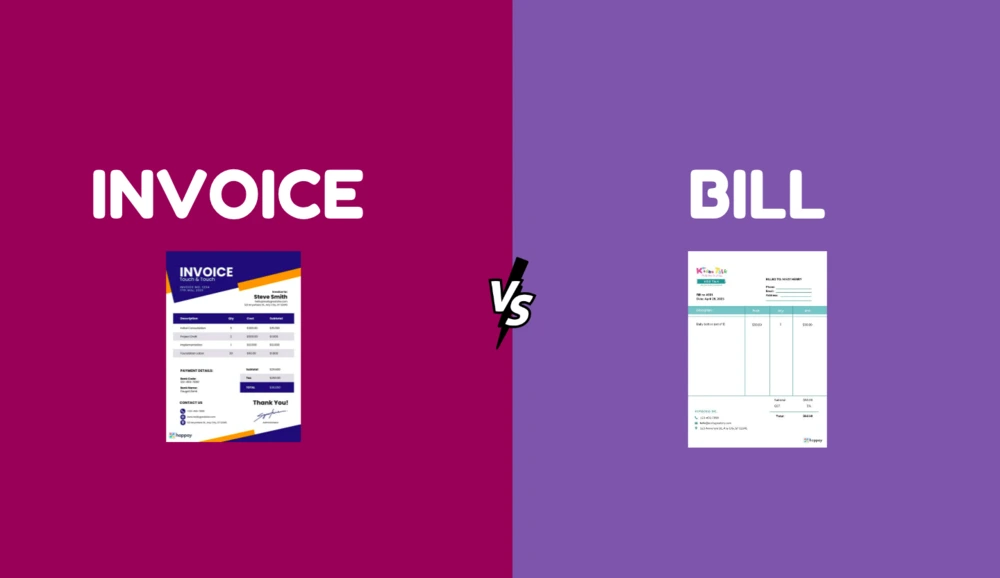Act and Order of Dept of Animal Husbandry rajasthan

The Rajasthan Gaushala Act, 1960(Act No. 24 of 1960)[Received the assent of the President on the 9th day of July, 1960]AnActto provide for better management, control and development of Gaushalas in thestate of Rajasthan.Be it enacted by the Rajasthan State Legislature in the Eleventh Year of theRepublic of India as follows:- 1. Short title, […]
Section 80CCD Deduction

Under the Income Tax Act of India, Section 80CCD is a provision that allows individuals to get a tax deduction for contributions made to their pension account, including the National Pension Scheme (NPS) and the Atal Pension Yojana (APY). Section 80CCD is a provision in the Income Tax Act that offers a deduction for taxpayers earning pension income related to the […]
PM E-DRIVE Scheme

The Union Cabinet recently approved the PM E-Drive (Electric Drive Revolution in Innovative Vehicle Enhancement) scheme, replacing the previous FAME II subsidy. With the FAME II subsidy ending on March 31, 2024, and the temporary EMPS scheme having been in place until September 2024 with an outlay of ₹778 crore, the new PM E-Drive scheme […]
how to start a consulting firm in india

A consultant is a professional who specializes in a specific sector and serves as an advisor to a firm or a person. The type of consulting would be determined by the consultant’s industry and area of work. Consultants are an essential component of any company. A consultant is considered an expert in a particular field […]
Annual Filing of LLP

Limited Liability Partnership (LLP), regular filing of returns is essential to uphold LLP compliance standards and steer clear of substantial penalties for non-compliance. LLPs benefit from a relatively lighter annual compliance burden compared to private limited companies. Nevertheless, the potential fines for non-compliance can be significant. While a Private Limited company might face penalties of […]
Patent Search

A patent is granted to an inventor for a scientific invention. A patent is granted in a country under the specific act and rules. On fulfilling the criteria of patentability such as novelty, inventive steps and industrial applicability, a patent is granted to an inventor. A patent is a right given to an inventor to […]
What is difference between invoice and tax invoice?

Invoices and tax invoices are integral to all financial transactions in a business. They provide a document that can be used as evidence of a transaction and to calculate taxes due. In India, all sellers registered with the GST must issue a tax invoice when selling goods or services. All other sellers must issue a regular invoice […]
Spot Market

Spot market refers to the place where financial instruments are traded for cash for immediate delivery. Assets traded in the spot market include commodities, currencies, and securities. Delivery occurs when the buyer and seller exchange cash for the financial instrument. A futures contract, on the other hand, is based on the delivery of the underlying asset […]
GST on Home Loan

The Government of India passed the announced the Goods and Service tax (GST) as a sole indirect tax throughout the country which would be a uniform tax. As of the year 2000, goods and services will be taxed at the following rates – 0.25%, 5%, 12%, 18% and 28%. While it still isn’t clear on […]
Vijaya Bank Current Account

Vijaya Bank is one of the major public sector banks in India. The bank has its corporate office in Bangalore, Karnataka. It offers a number of financial services such as savings account, current account, fixed deposits, loans, PPF and other saving schemes. Each and every customer is provided with a Vijaya Bank account number for every product. Current […]